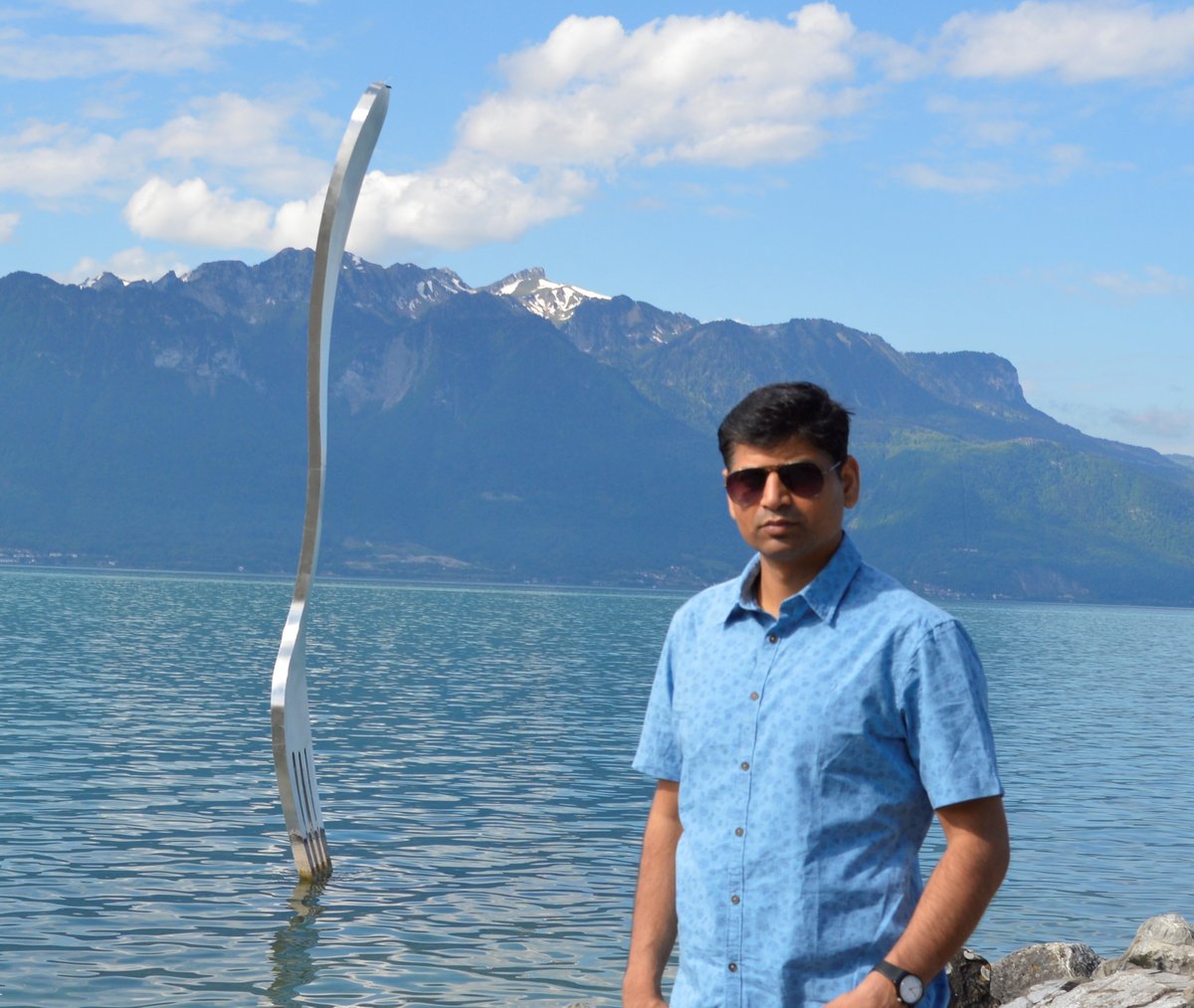Dr. Santosh Sathe

Research interest
I study the evolution of endosymbiosis, which is the basis for forming mitochondria, chloroplast, and therefore the immense diversity of life on earth. I use long-term experimental evolution and modern genetic approaches to understand the role of ecological factors and the molecular mechanisms responsible for the evolution of endosymbiosis. I also study the evolution of cooperation (in bacteria and Dictyostelium) and the proximate causes for multicellularity evolution.
| CV | |
|---|---|
| since 2021 | Postdoc at University of Konstanz |
| 2020 | Research fellow, IISER-Pune, India |
| 2016-2019 | Postdoctoral researcher, University of Zürich, Switzerland |
| 2013-2016 | Postdoctoral researcher, jointly at the University of Witwatersrand, Johannesburg, SA and Institute for Systems Biology, Seattle, USA. |
| 2011-2012 | Postdoctoral researcher, Indian Institute of Science, India |
2004-2010 2002-2004 | Ph.D., CES, Indian Institute of Science, Bangalore, India MSc (Microbiology), University of Pune, India |
Publication list
Sathe, S. 2024. Greenbeard Mechanism and the Evolution of Cooperation. eLS, Vol 3: 1–8, 2024.
Sathe S & Kümmerli R. 2020. Antagonistic interactions subdue inter-species green-beard cooperation in bacteria. Journal of Evolutionary Biology.
33, 9: 1149-1326. doi.org/10.1111/jeb.13666.
Sathe S, Mathew A, Kirsty A, Eberl L & Kümmerli R. 2019. Genetic architecture constrains exploitation of siderophore cooperation in Burkholderia cenocepacia. Evolution letters.
3: 610-622. doi.org/10.1002/evl3.144.
Sathe S, Orellana M, Baliga N & Durand PM. 2019. Temporal and metabolic overlap between lipid accumulation and programmed cell death due to nitrogen starvation in Chlamydomonas reinhardtii. Phycological research
. 67:173-183. doi.org/10.1111/pre.12368
Sathe S & Nanjundiah V. 2018. Complex interactions underpin social behaviour in Dictyostelium giganteum. Behavioral Ecology and Sociobiology.
72, 167. doi.org/10.1007/s00265-018-2572-9.
Sathe S & Durand PM. 2015. Cellular aggregation in Chlamydomonas (Chlorophyceae) is chimaeric and depends on traits like cell size and motility. European Journal of Phycology.
51:2, 129-138. doi.org/10.1080/09670262.2015.1107759.
Sathe S & Durand PM. 2015. A low cost, non-toxic biological method for harvesting algal biomass. Algal Research. 11: 169-172
. doi.org/10.1016/j.algal.2015.06.021.
Sathe S, Khetan N & Nanjundiah V. 2014. Interspecies and intraspecies interactions in social amoebae. Journal of Evolutionary Biology. 27: 349–362. DOI: 10.1111/jeb.12298.
Sathe S. et al., 2010. Genetic heterogeneity in wild isolates of cellular slime mold social groups. Microbial Ecology. 60: 137-148. DOI: 10.1007/s00248-010-9635-4.
Nanjundiah V & Sathe S. 2011. Social selection and the evolution of cooperative groups: The example of the cellular slime moulds. Integrative Biology. 3: 329-342. DOI: 10.1039/c0ib00115e.
Sathe S, Lalremruata A & Aggarwal RK. 2010. Development of polymorphic microsatellite markers from the social amoeba Dictyostelium giganteum suitable for genetic diversity studies on cellular slime moulds. Molecular Ecology Resoures. 11: 219-222.
Nanjundiah V & Sathe S. 2013. Social selection in the cellular slime moulds. In: Dictyostelids: Evolution, Genomics and Cell Biology (M. Romeralo et al., eds). Springer-Verlag, Berlin. 193–217. DOI: 10.1007/978-3-642-38487-5_11.
